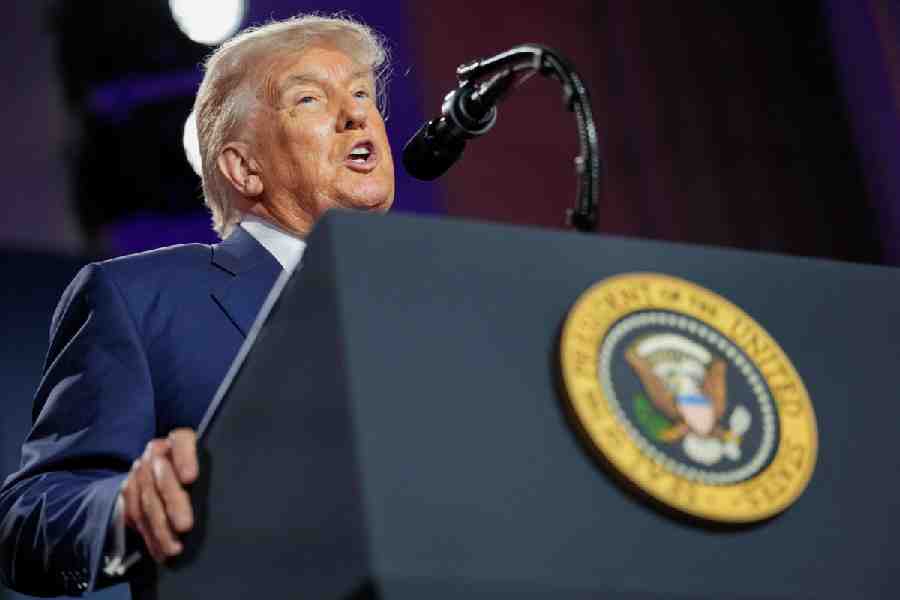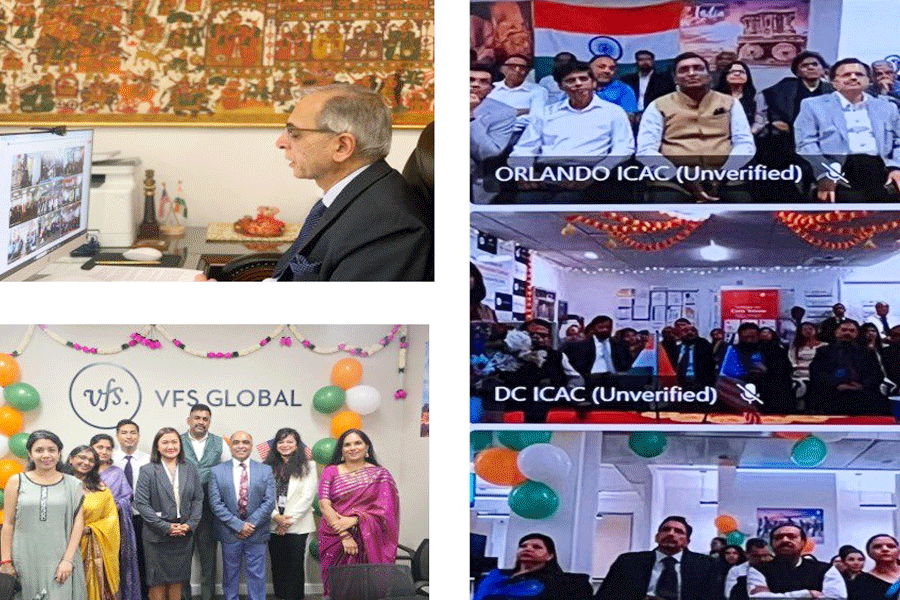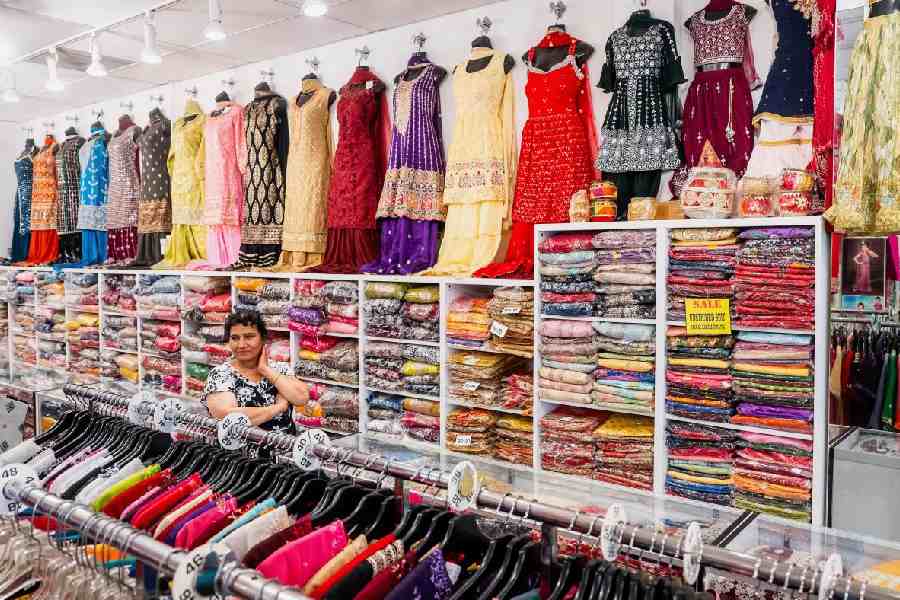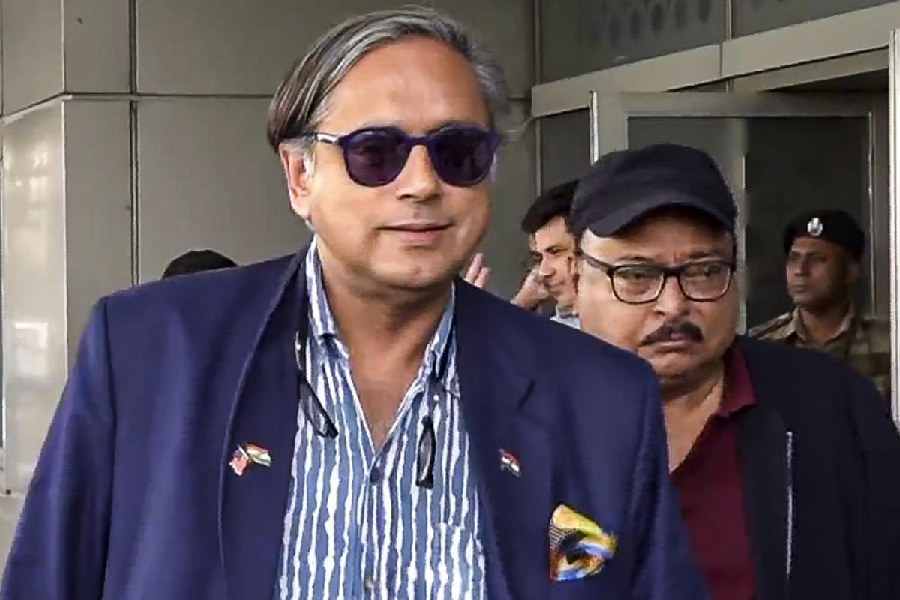Siliguri, May 15 :
Sikkim will celebrate the silver jubilee of its merger with the Indian Union tomorrow amid a ceaseless campaign by the Sikkimese people for preservation of their distinct identity.
On May 16, 1975, Sikkim became an integral part of India after Parliament passed the 36th Constitutional Amendment Act. To mark the day, popularly known as State Day, the Sikkim Democratic Front (SDF) government will honour all leaders of the pro-merger agitation, including Kazi Lhendup Dorjee and B.B. Gurung, with citations and shawls.
Dorjee, who became chief minister after the end of the Chogyal's regime, had led the movement for Sikkim's union with India. In 1979, just four years after the merger, he was pushed into oblivion by Nar Bahadur Bhandari, who became chief minister by promising to retrieve Sikkim's independence.
Bhandari had suffered physical assault at the hands of Indian securitymen and had spent a few years in prison for opposing the merger.
During his rule of nearly 15 years, Bhandari kept alive the desire of the Sikkimese to preserve their identity by humiliating Dorjee and his followers as desh bechua (sellers of one's country).
Even six years after Bhandari's fall, Pawan Kumar Chamling, a merger supporter and incumbent chief minister, continues to seek retention of the old identity under Article 371(F).
He wants to retain the superiority of pre-merger Sikkimese Acts over Indian laws. As a result, like Bhandari, he is opposed to the extension of central income tax and financial laws to the tiny state, which even now uses its own emblem instead of the Ashoka pillar. Lately, Chamling, who supports the Atal Behari Vajpayee government, has, like Bhandari , begun to seek central aid in the name of encouraging the state's 'psychological integration' with the Indian masses.
The desire of the Sikkimese people to protect their distinct political identity is so strong that no national party has ever been able to come to power there through an election.
The Congress, which hardly has any presence in the state, however, ruled it thrice for brief periods when Dorjee, Bhandari and S.M. Limboo switched over to it while they were chief ministers.
Of late, the Sikkimese people have again begun to display their love for the last Chogyal, Palden Thondup, who died in 1982. Last year, the state government installed his statue in Gangtok.
Not only this, political parties have also put pressure on Delhi to expedite compensation of over Rs 100 crore to the Chogyal's family as promised by it at the time of the merger. The Chogyal and his predecessors had ruled Sikkim for over 400 years.
On occasion, Sikkimese leaders threaten to dissociate from the merger agreement. In 1994, the nonagenarian Dorjee, who is in his late nineties, made a similar threat to force New Delhi to initiate a CBI case against his arch rival Bhandari for corruption.
Nearly 40 pre cent of the 32 Assembly seats are reserved for ethnic Bhutias and Lepchas, who together constitute nearly 20 per cent of the population. Despite being a Nepali-dominated state, Sikkim has never taken kindly to the demand for its merger with the Darjeeling hills, where 95 per cent of the people speak the language. For almost three decades after the American-born Gyalmo (Queen) Hope Cook floated the idea of reuniting Darjeeling with Sikkim, a section of politicians in Darjeeling have since early this year revived the issue as an alternative to Gorkhaland.
The basis for such a demand is that Darjeeling was a part of Sikkim till it was taken over by the British in 1835.
The Chamling government, which is currently upset with the Gorkha National Liberation Front for setting up units in the state, has even announced that it would restrict employment of outsiders in Sikkim.
The majority of outstation people working there are from the neighbouring Darjeeling hills.
 Saturday, 02 August 2025
Saturday, 02 August 2025









